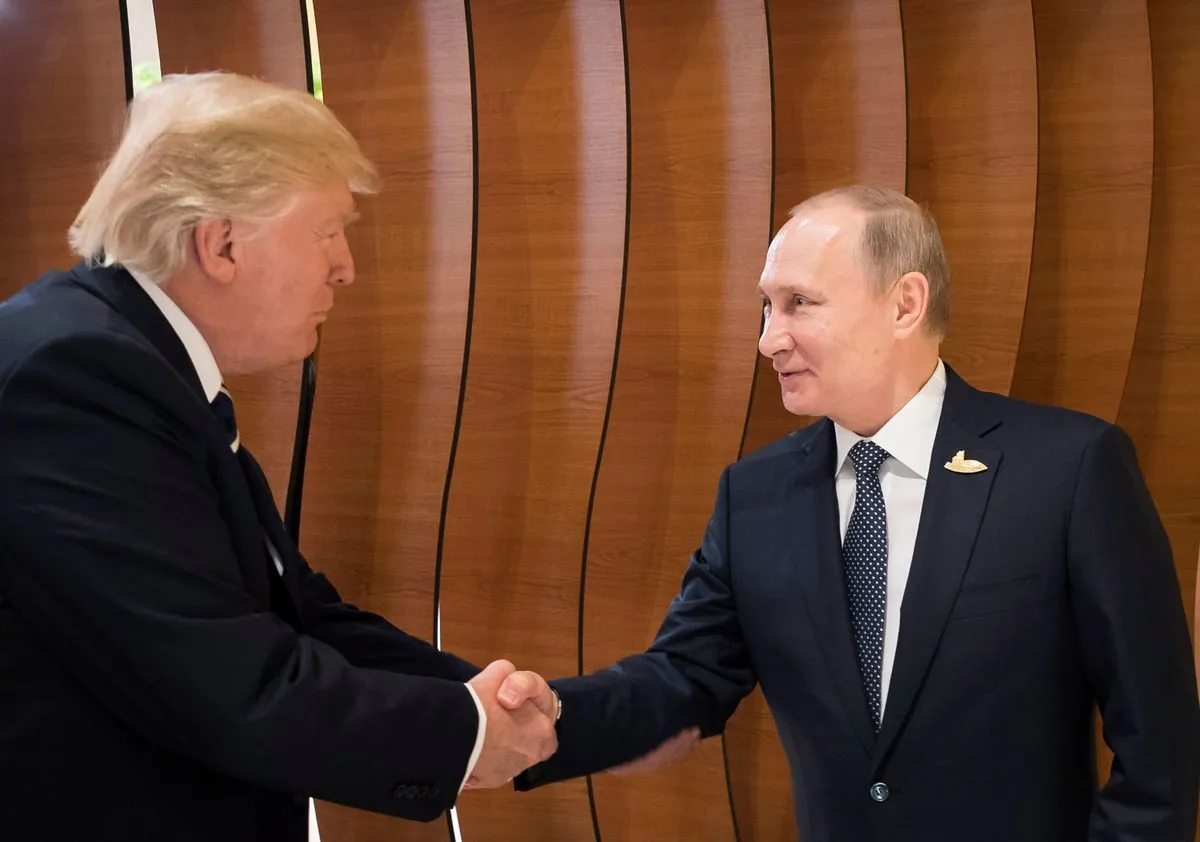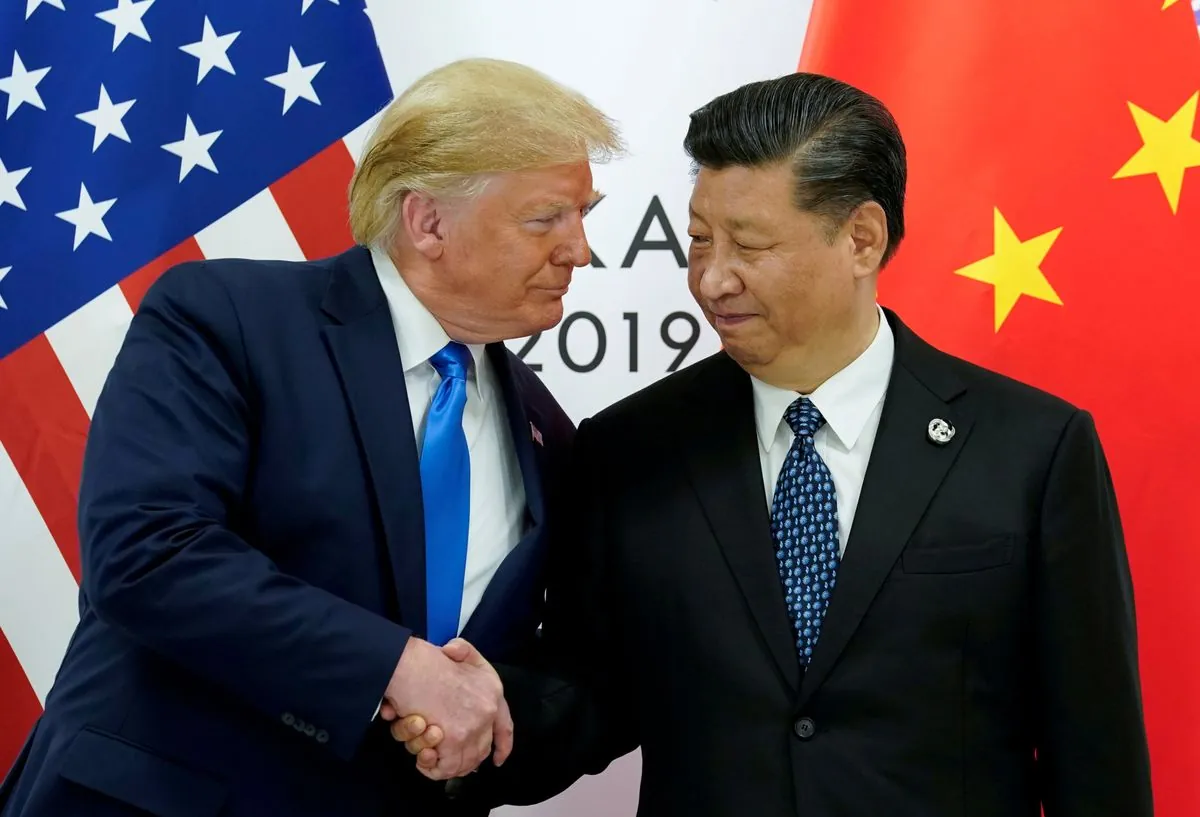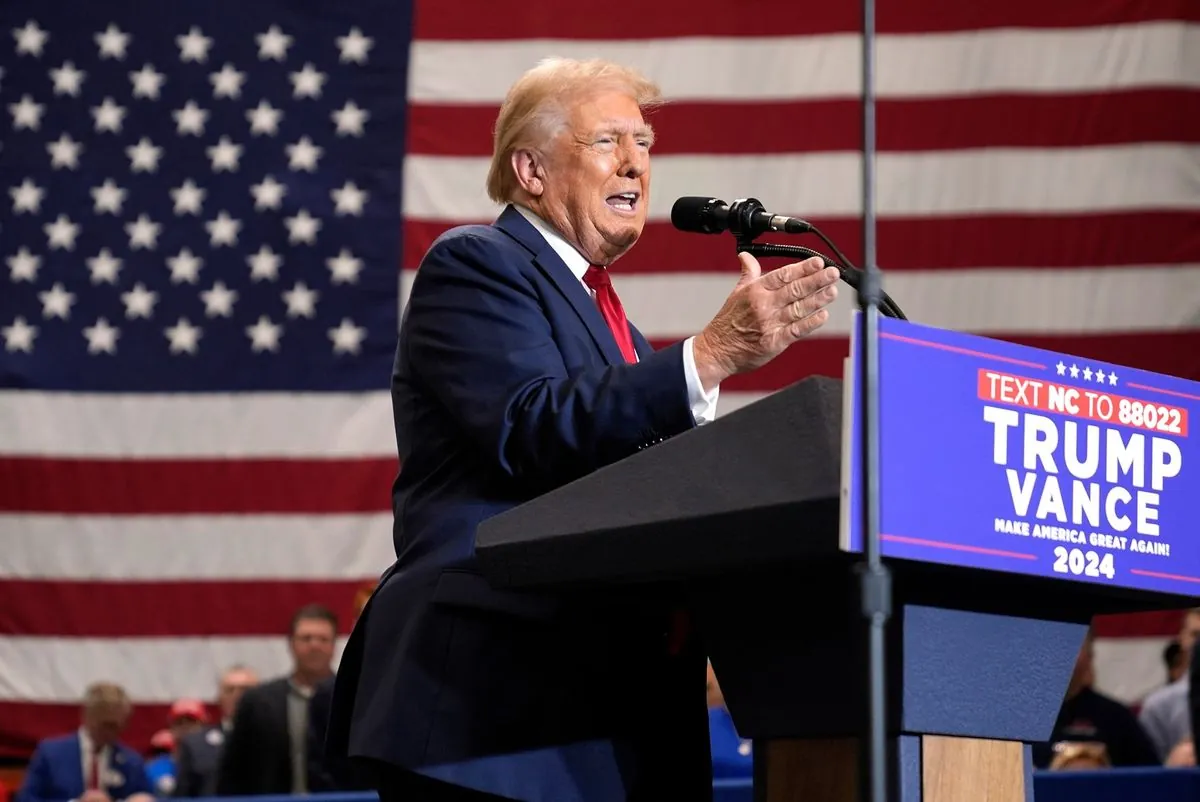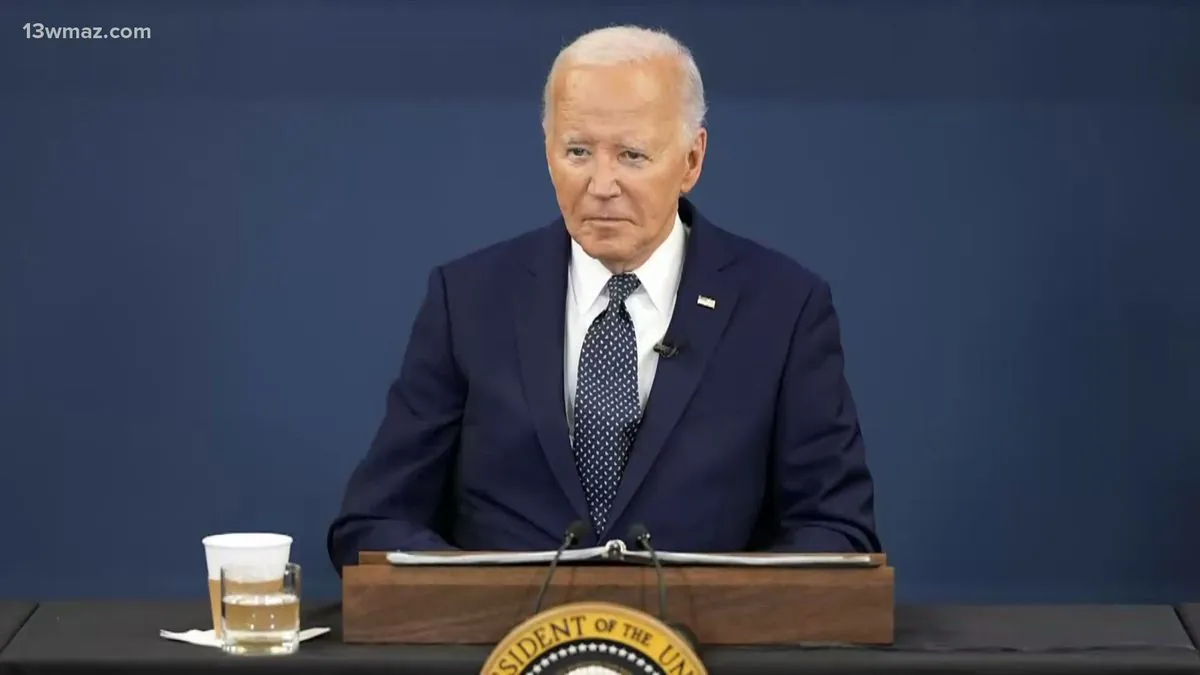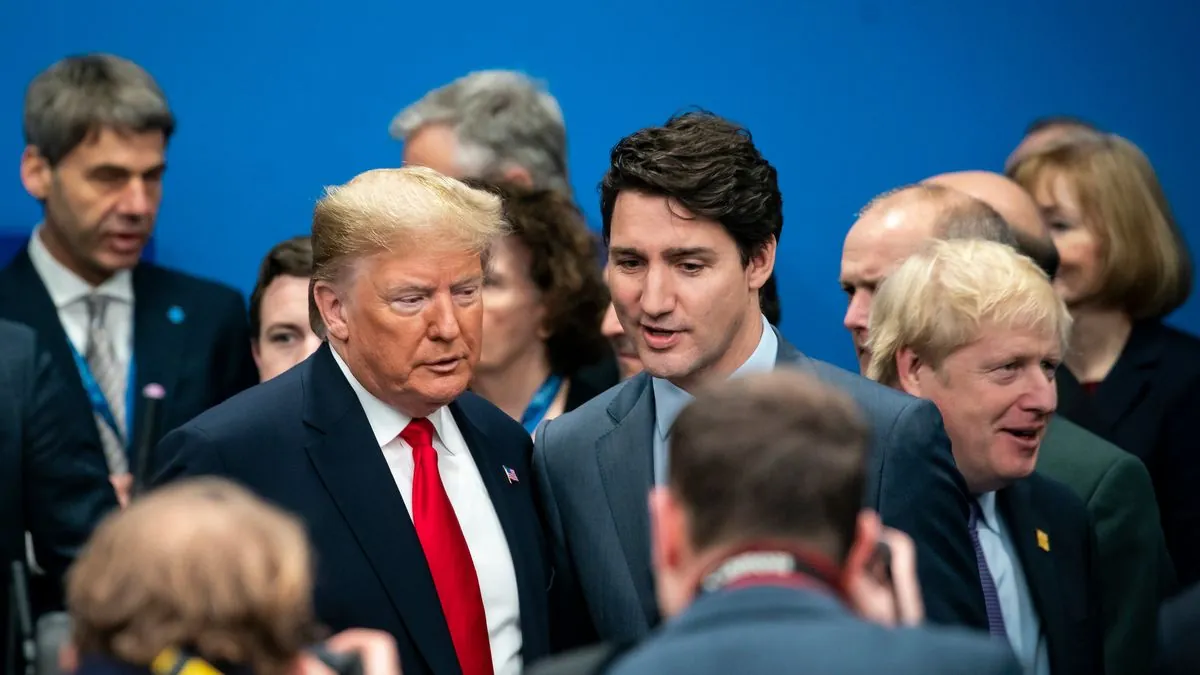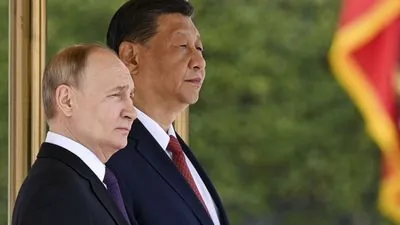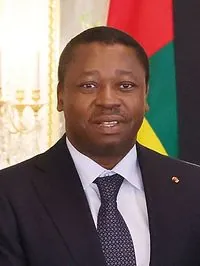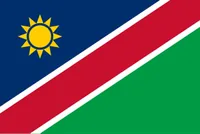Global election systems: How US voting differs from world practices
Recent US elections show unique patterns in voting systems compared to other countries worldwide. From extended campaigns to complex result-counting processes‚ American democracy follows its own path

The US voting system stands out with its multi-week early-voting period which is quite different from other nations voting methods. While some states let people vote up-to 46 days before election day others (like good-old Alabama) stick to single-day voting
In Indonesia – the worlds biggest one-day election system lets 205 million voters cast ballots in just six hours; many other countries make election day a non-working holiday. Prabowo Subianto won Indonesian presidency this year after a month-long count process: which shows how different vote-counting methods can be
The US has a super-long campaign season – Donald Trump started his run almost 2 years ago while Kamala Harris got only few months to make her case (after taking over from Biden mid-summer). Other countries keep it short: Mexico limits campaigns to 90 days; followed by a three-day quiet period
- Indonesia: 82% turnout with free food for voters
- Sri Lanka: 79% showing despite economic issues
- Pakistan: 48% after opposition troubles
- Bangladesh: 42% with boycott problems
US election turnout hit 65% this time – a bit lower than last time but still pretty good. The counting process took about 6 hours which isnt bad considering how some countries do it: Indonesia needed 34 days to make it official this year
The transition period is gonna be interesting – its 76 days till Trump takes office. Thats nothing compared to Indonesia where Subianto waited 214 days‚ or Mexico where Claudia Sheinbaum (their first woman president) had to wait 4 months to start her job
